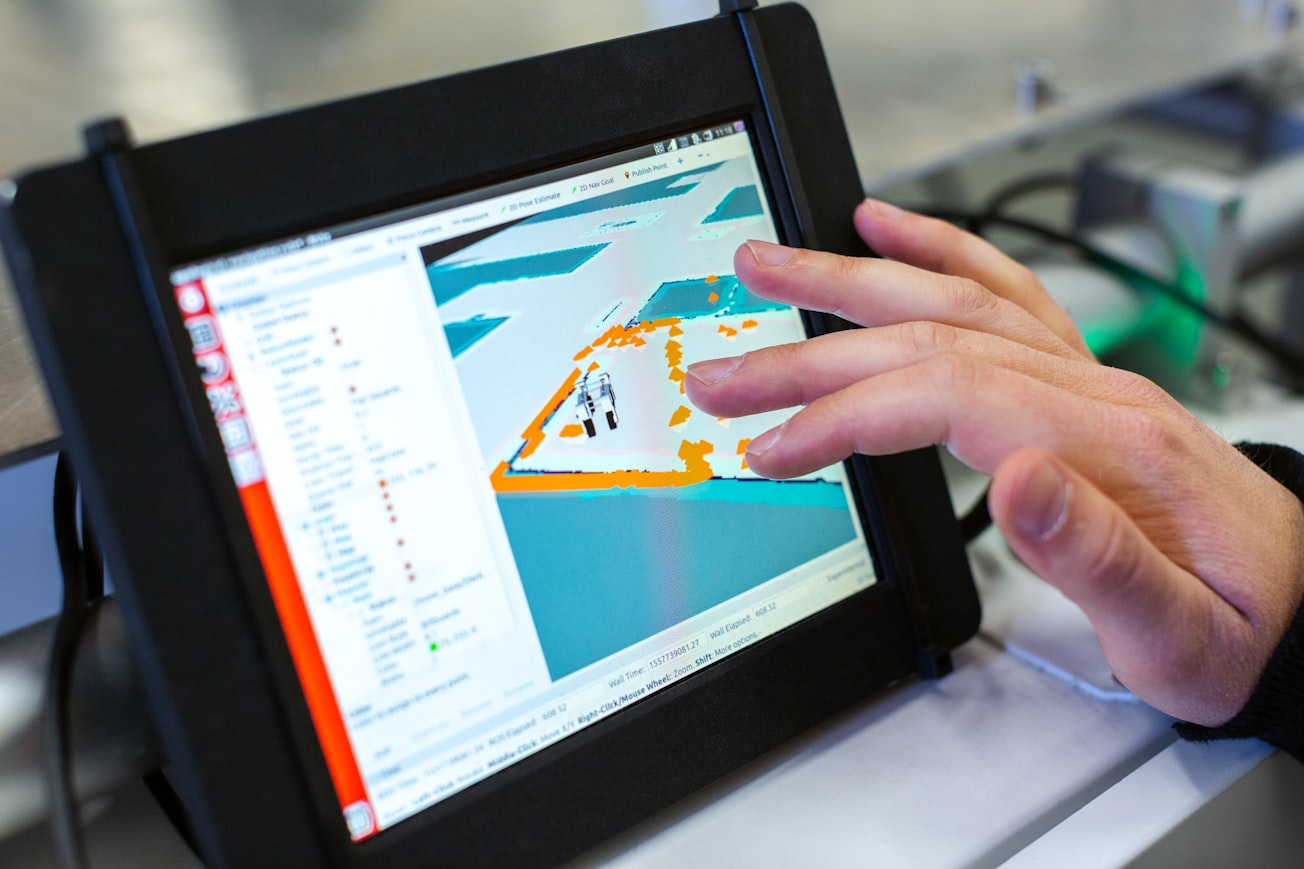What is it about?
In contrast to common assertions, distributed work is not always an outcome of technological advancement or a proactive choice blessed by management, but often a necessity dictated by the competition or customers. In the case companies analyzed in the present study, a distributed organizational structure was recognized as a necessary compromise, although the associated costs gave cause for some concern. Rather than virtual cooperation, the knowledge workers interviewed valued opportunities for face‐to‐face interaction and informal contact and networking. Nonetheless the benefits of distributed work were thought to outweigh its potential costs.
Featured Image

Photo by ThisisEngineering RAEng on Unsplash
Why is it important?
This paper aims to serve as a reminder that all work arrangements, including the present case of distributed work, have their costs and benefits. Regionally distributed work involves many similar problems as traditional telework from home. To avoid potential risks, partial work distribution is advisable to most organizations.
Perspectives
I hope this article makes it easier to assess critically the costs and benefits in distributed work.
Pasi Pyöriä
Tampereen yliopisto
Read the Original
This page is a summary of: Virtual collaboration in knowledge work: from vision to reality, Team Performance Management, October 2009, Emerald,
DOI: 10.1108/13527590911002140.
You can read the full text:
Resources
Contributors
The following have contributed to this page







